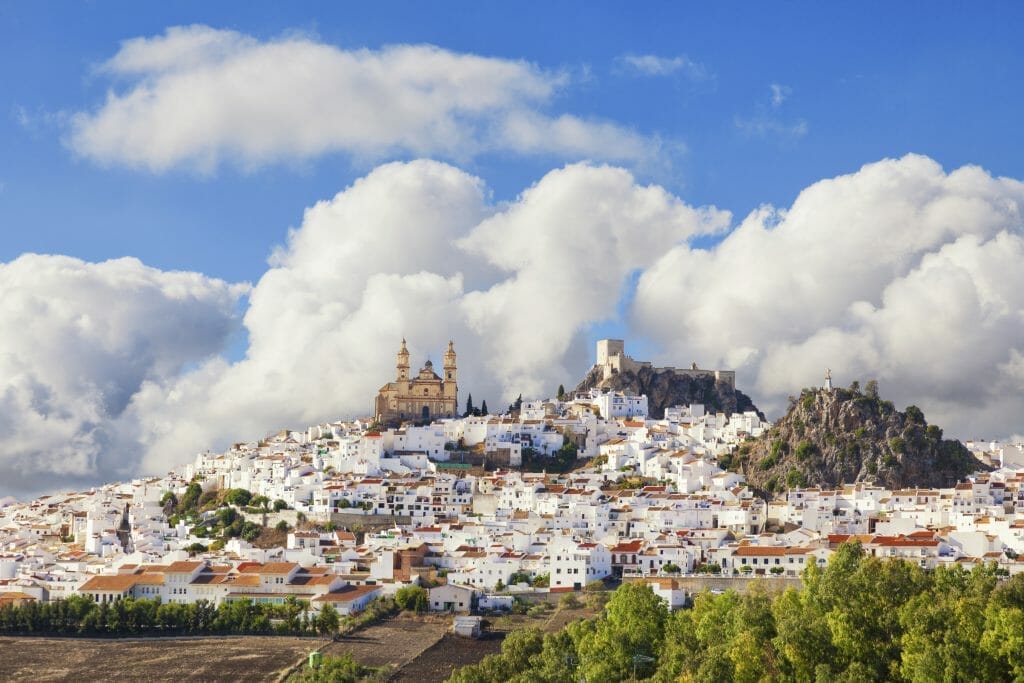
The Spanish wine landscape and private 2025 luxury food, wine tours of Spain are as varied as its geography, with regions that showcase the country’s diverse expressions. The Rioja region, perhaps Spain’s most renowned, is celebrated for its elegant, age-worthy Tempranillo wines, where the balance between ripe red fruit and earthy, leathery notes offers a quintessential old-world style. In contrast, Priorat in Catalonia, with its rugged terrain and slate soils produces powerful Garnacha and Cariñena wines. These wines are marked by intense fruit concentration, minerality, and a distinctive, almost ferrous edge.
Spanish wines offer a tantalizing balance between old-world tradition and new-world innovation. As to taste sensations, you’ll find a fascinating marriage between the more New World-esque robust fruit and Old World minerality. While Spain holds the distinction of having the most extensive vineyard acreage globally, the yields are modest—an outcome of generous vine spacing and a restrained approach to irrigation. Contact us to start planning your Spain food & wine private tour for 2025.
This landscape is the birthplace of esteemed varietals such as Tempranillo, Garnacha, and Monastrell, each contributing to the country’s rich vinous heritage. Intriguingly, certain varieties like Petit Verdot, often overshadowed in their native regions, seem to find their truest expression in Spain’s diverse terroirs.
Moving to the center west of Spain, the Ribera del Duero rivals Rioja with its bold Tempranillo-based wines, locally known as Tinto Fino. Here, the high altitude and strong temperature fluctuations result in wines with deep color, robust tannins, and a complex mix of dark fruit, spice, and tobacco notes. Meanwhile, Rueda has become synonymous with vibrant Verdejo wines—crisp, aromatic whites that offer a refreshing contrast to the country’s dominant reds.

Down south in sun-kissed Andalucía, just 1.5 hours from Seville, we have relationships with several excellent modern wineries producing award-winning red wines in the Pueblos Blancos (medieval white-washed hill towns) like Ronda and Arcos de La Frontera. The private guided wine tours with drivers we arrange there are quite personalized and unique and can include a restored-medieval monastery winery as well as Roman ruins and exploring this lovely hill towns and eating in the best restaurants. Alternatively the Sherry triangle in Andalusia— Jerez de la Frontera, Sanlúcar de Barrameda, and El Puerto de Santa María—showcases the old-fashioned fortified wines.
Each of these regions contributes to Spain’s dynamic wine culture, where tradition and innovation coexist, offering wine lovers a remarkable spectrum of flavors and styles to explore. To explore the best of Spanish wine on a private cultural tour of Spain contact us today.
P.S. In the southeast, Jumilla and Yecla are emerging as prime regions for Monastrell (Mourvèdre), producing wines that are both robust and deeply flavorful, often with a savory, herbal character that pairs beautifully with the region’s cuisine. Finally, Castilla-La Mancha, the vast central plateau, was once known only for quantity but times are changing… It is now home to some of Spain’s most innovative winemakers “making music” with international varieties like Petit Verdot, Cabernet Sauvignon, and Syrah are thriving alongside traditional Spanish grapes. Some upstarts in Spain are now yielding wines that often outperform their counterparts from more established wine regions with international tasters..


